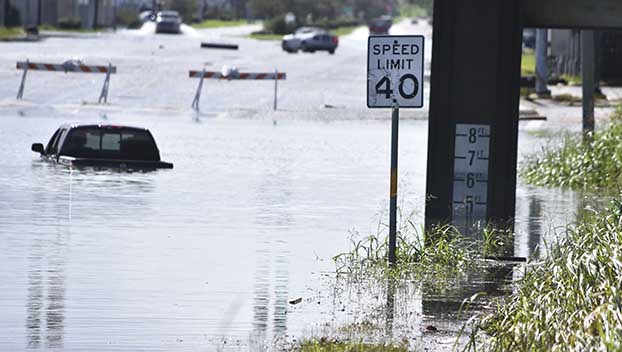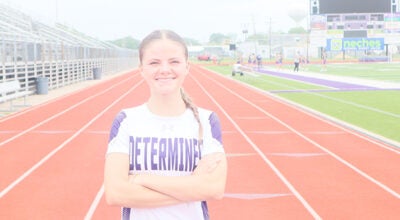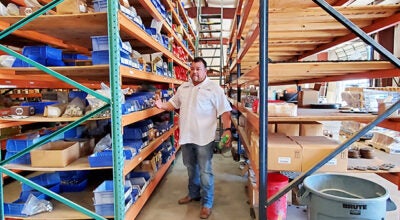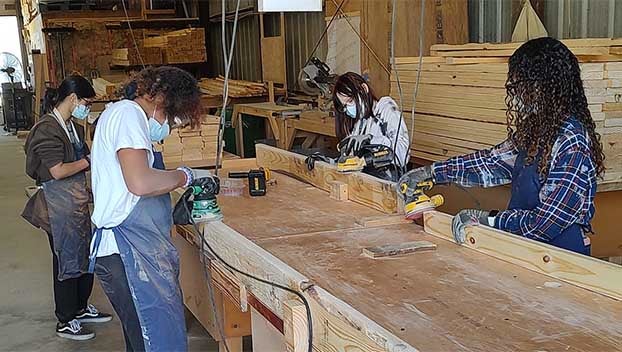HARVEY HEROES — What did we learn from historic storm?
Published 12:38 am Sunday, June 26, 2022

- A truck stranded under the Memorial Boulevard train trestle. (File photo)
|
Getting your Trinity Audio player ready...
|
When Hurricane Harvey downgraded to a storm, many in Southeast Texas were relieved. However, as the storm popped back into the Gulf of Mexico after making landfall near Corpus Christi, meteorologists began to warn of potentially heavy rains.
No on expected the largest rain event in the country’s history. But after more than 60 inches of rain submerged much of Southeast Texas, many were left without options but to rebuild or move.
Since Tropical Storm Harvey, Southeast Texas was also the scene of the fourth largest rain event in the United States behind Tropical Depression Imelda in 2019. After Harvey, many rested on the idea that a storm that size would likely never happen again, but Imelda removed any remaining comfort.
The storm forever changed the way area entities prepare for and react to rain events.
In the aftermath of Harvey, Port Arthur Independent School District faced dealing with a majority of the student, teacher and staff population being displaced.
“We learned you have to always be prepared,” Superintendent Mark Porterie said. “Living in Southeast Texas, you never know. The flooding came up on us and we were watching the water rise. We didn’t really think about leaving until it got so high that we couldn’t. I think we are a little more cautious about that.”
Porterie thinks people are more likely to heed the warnings of weather reports in the future.
“From a district perspective, we learned that we are resilient,” he said. “People came together as a district and a community.”
Porterie pointed to other challenges the district faced that will help with the next inevitable major rain event. In 2020, the district switched to virtual learning as a response to the pandemic. Having the ability to go virtual at the drop of a hat could make the district more resilient and respond quicker in the wake of another natural disaster.
“I would think with the experiences from Harvey and COVID, the district could move along very well with instruction,” he said. “We have upgraded. Every student has a device. Our teachers have had the experience of teaching virtually. Our students understand virtual and like it for some reason. I think the experiences we have had strengthen us to say the least.”
While districts have focused on how they will respond to the next event, city municipalities have worked on preventing the next tropical storm from having such devastating affects.
Nederland, like many cities, has worked on getting grants to fund several mitigation projects, most of which are aimed improving drainage.
“It is hard to prepare for five feet of water,” Nederland City Manager Chris Duque said. “Nederland still has the record. It clearly showed the importance of drainage. We have put more resources into that. It identified some trouble spots locally. So much of the grant funding that has come out since that storm has been for more of a regional approach instead of just a community or a neighborhood. They want to look at the impact and how downstream or upstream these problems are happening.”
Duque said the city is working on projects that are the result of funding from Harvey.
“We are actually going to authorize a bid on Monday for one of our biggest drainage projects,” Duque said. “It is using Harvey funding. That is how long it has taken to get the money out the door and put shovels in the dirt.”
The city manager said the project would look at the Hildale and Hilterrace area between Highway 365 and Avenue H as well as the area between Nederland Avenue, Gage Avenue and First Street.
“I think the number of people that will benefit is about 2,00 people,” he said. “For a town of 17,000 people, that is a good project.”
Duque said Harvey changed the way many looked at tropical storms.
“I don’t think I can remember a tropical storm doing something like that with that volume of rain,” he said. “That was totally different. Usually when we do these tropical weather events, we are more inclined to look at the wind that is coming and the storm surge. You are so used to a hurricane coming and you know you have to ride it out for several hours as it passes over you. Harvey just meandered and plopped down and dumped a huge amount of rain.”





